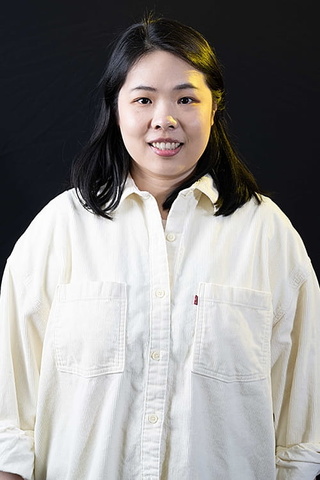Han Bao, a native of China, arrived at the University of Iowa as the COVID-19 pandemic took hold in the United States, keeping people cooped up in their homes more than ever before.
A PhD student in the Informatics Interdisciplinary Graduate Program, Bao used her quarantine status and interest in geoinformatics to arrive at the topic of her dissertation.

Bao studies how human mobility dramatically changed during the pandemic, with the goal of developing a deep learning model that can generate mobility pattern estimations for cities of varying sizes and socio-economic environments. This model will help city planners and policymakers better allocate urban facilities and make related policies. Bao is using data mining, machine learning, and AI techniques to develop this model.
“The government shut down public locations like restaurants and grocery stores, which suffered from an economic drawback,” Bao says. “I use a deep generative model called GAN (generative adversarial network) to estimate human mobility, so the government can have a better measurement to manage the relocation of social resources and decide if they need to open or close businesses.”
Bao acquired data from multiple sources, including phone GPS data, socio-economic data, and epidemic data, and used geoinformatics skills to process and visualize the data. She used GAN, an exciting recent innovation in machine learning, to learn human mobility pattern changes based on analyzing datasets.
According to Bao, the data showed that people in the United States stayed longer at home and spent a much shorter time visiting restaurants and grocery stores. However, grocery stores maintained 70-80 percent of their customer visits pre-COVID, while stores (clothing, etc.) and restaurants had dramatic drops in customers to about 60 to 80 percent on average.
“Most people, when they left the house during early COVID times, went to the grocery store to buy living items,” Bao says.
Bao also discovered a difference in human mobility patterns in metropolitan areas versus suburban areas. In this case, New York City was the metropolitan area and Iowa City was the suburban.
“For New York City, with a large population and worse COVID situation, people tended to stay at home longer due to more strict stay-at-home related policies,” Bao says. “In Iowa City, people were less worried about COVID. People in rural areas also went out more.”
UI is home away from home
Before coming the University of Iowa, Bao earned three degrees at the University of Minnesota, including a BS in Urban Studies, an MS in Urban and Regional Planning, and an MS in Geographic and Information Science.
After earning her master’s degrees, Bao was interested in pursuing her doctorate in a statistics or data mining field, but she was not coming from a computer science or math background. Then she discovered the University of Iowa’s Informatics Program, specifically its geoinformatics sub-track.
“I feel very lucky that because they wanted to promote the program, they provided a first year PhD scholarship,” Bao says. “I didn’t have to TA or RA. I used the scholarship to focus on core classes and my research. Geoinformatics is using geography data to do data mining. It’s a highly interdisciplinary program. There are a lot of expert professors in this program.”
Currently, Bao is a teaching assistant (TA) in the Business Analytics Master’s Program. While teaching, she still has managed to further her research, publishing over 10 research papers, and earning campus-wide recognition.
This spring, Bao received a Graduate College Summer Fellowship. She also was featured in the University of Iowa’s Dare to Discover Campaign in 2023.
Bao plans to earn her doctorate in spring 2024.